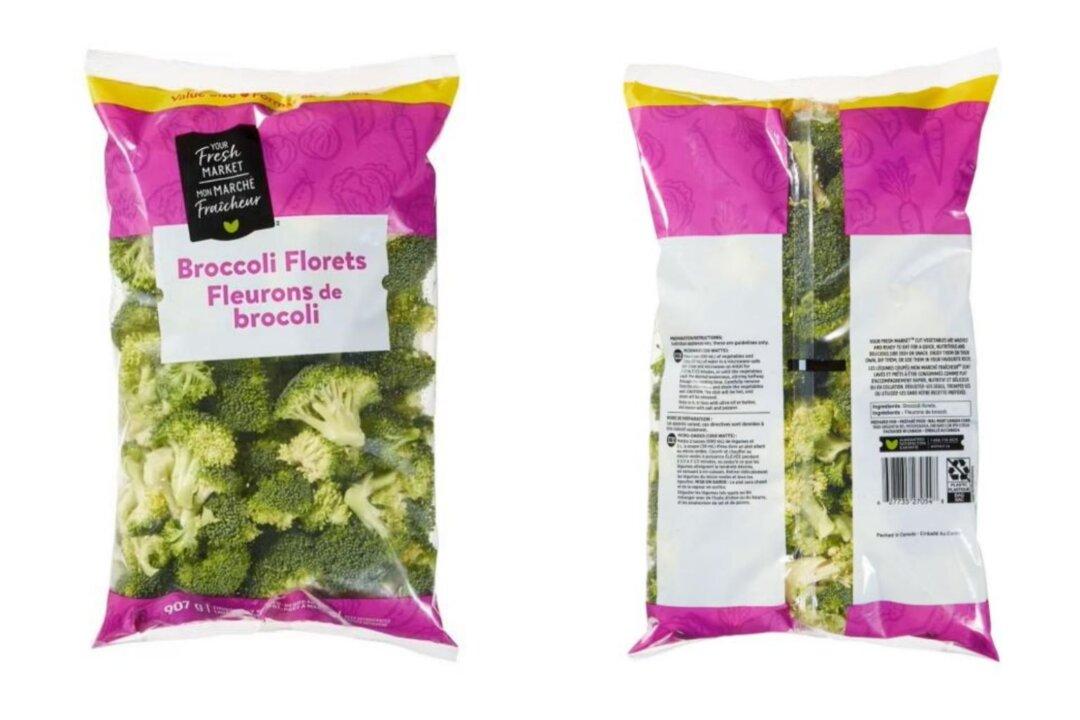A federal agency that issued many corporate subsidy cheques during the COVID-19 pandemic saw staff complaining of overwork while facing “significant pressure” due to the influx of demand for the emergency funds, an internal audit report says.
The report was prepared by the Office of Audit and Evaluation (OAE) at National Research Council Canada (NRC) to assess the Innovation Assistance Program (IAP)—an emergency wage subsidy for small- and medium-sized enterprises involved in research and development—during the pandemic.





